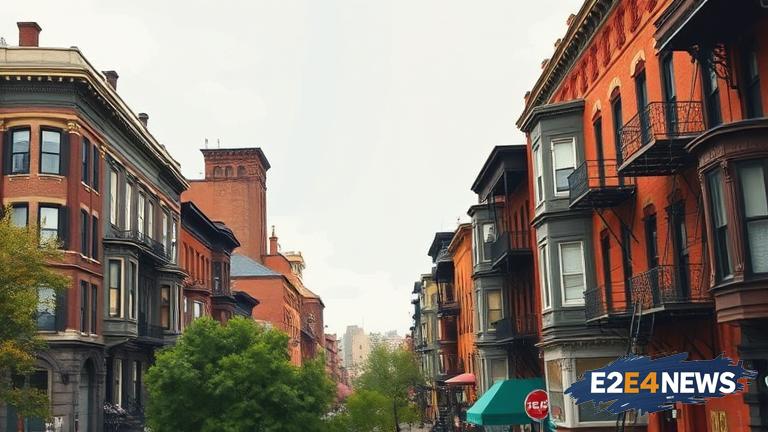Harlem, a neighborhood in Upper Manhattan, New York City, has a rich and diverse history that spans over a century. The area has been a hub for African American culture, art, and literature, producing some of the most influential figures of the 20th century, including Langston Hughes, Zora Neale Hurston, and Duke Ellington. However, in recent years, the neighborhood has faced significant challenges, including gentrification, rising rents, and the displacement of long-time residents. Despite these challenges, there are efforts underway to preserve Harlem’s history and culture, including the restoration of iconic landmarks such as the Apollo Theater and the Schomburg Center for Research in Black Culture. The Apollo Theater, which has been a staple of Harlem’s music scene since 1934, has hosted some of the most iconic performers in American history, including Aretha Franklin, James Brown, and Michael Jackson. The Schomburg Center, which was founded in 1905, is one of the largest repositories of African American history and culture in the world, with a collection of over 10 million items. In addition to these institutions, there are also numerous smaller organizations and community groups working to preserve Harlem’s history and culture, including the Harlem Historical Society and the African American Museum. These organizations are working to document and preserve the neighborhood’s history, including the stories of its residents, businesses, and cultural institutions. They are also working to promote Harlem’s cultural heritage, through events, exhibitions, and educational programs. One of the key challenges facing these efforts is the rapid gentrification of the neighborhood, which is leading to the displacement of long-time residents and the erosion of Harlem’s cultural identity. Despite these challenges, there is a growing recognition of the importance of preserving Harlem’s history and culture, not just for the neighborhood itself, but for the city and the country as a whole. Harlem’s cultural heritage is a unique and valuable resource, one that has contributed significantly to American art, literature, and music. The neighborhood’s history and culture are also an important part of its identity, and are essential to its continued vitality and relevance. In order to preserve Harlem’s history and culture, it is essential to support the organizations and institutions that are working to document and promote the neighborhood’s cultural heritage. This includes providing funding and resources for these organizations, as well as promoting awareness and appreciation of Harlem’s history and culture. By working together, it is possible to preserve the rich heritage of Harlem, and to ensure that the neighborhood continues to thrive and evolve as a vibrant and culturally rich community. The preservation of Harlem’s history and culture is not just a local issue, but a national one, with implications for the way that we understand and appreciate American history and culture. It is essential that we take action to preserve this important part of our cultural heritage, and to ensure that it continues to inspire and educate future generations. In conclusion, the preservation of Harlem’s history and culture is a critical issue, one that requires the support and engagement of individuals and organizations from across the city and the country. By working together, we can ensure that this unique and valuable cultural heritage is preserved for generations to come.





